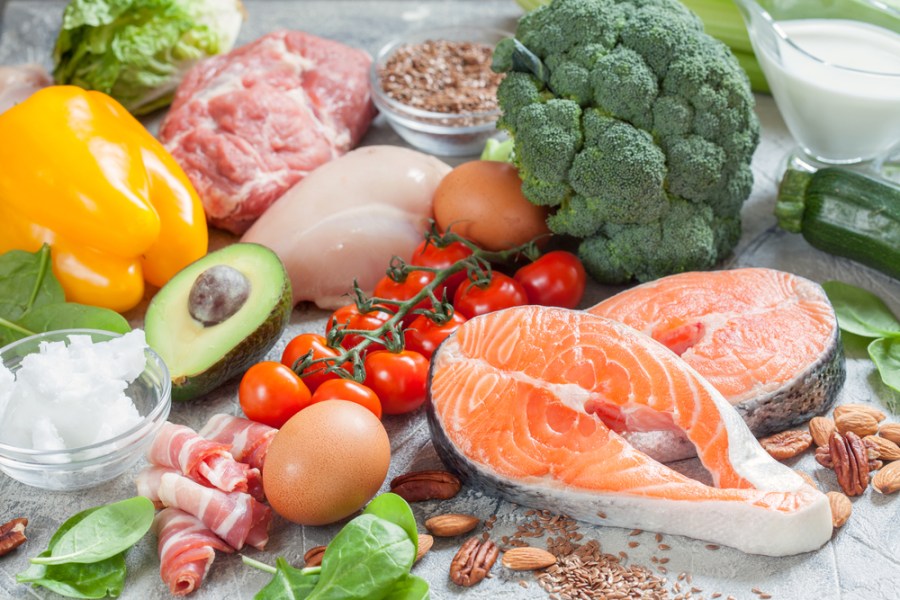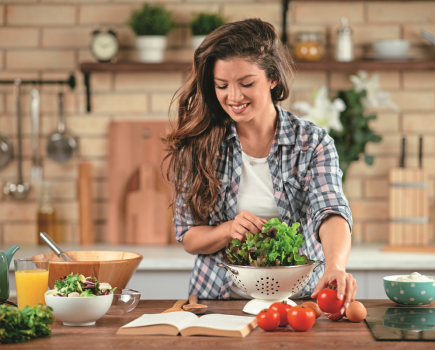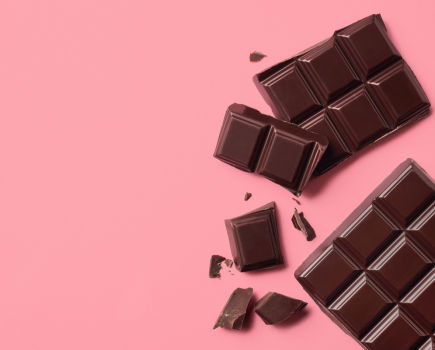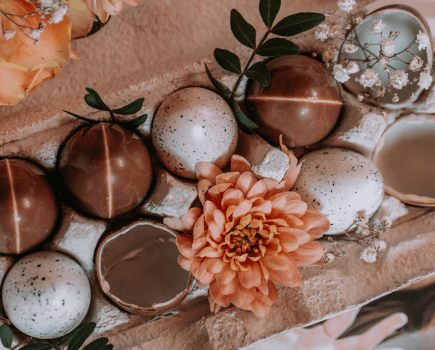The scientifically-proven diet secrets that will help you lose inches, improve your heart health and keep the weight off!
Can the paleo diet help with weight loss?
Want the secret to a trimmer tum and a longer life? It could lie with your ancestors, according to the latest research. Following a diet similar to what your Stone Age predecessors may have eaten, packed with vegetables, fruits, meat, fish, healthy fats and nuts and seeds, could be an effective and healthy way to lose weight and keep it off long term – especially for women around menopausal age, according to a study at Umeå University in Sweden. After six months, not only did the women who took part in the study eating in a Paleolithically-inspired way lose more weight than women eating a more traditional diet (9kg vs 6kg on average), more of that weight came from around their middles, slimming down their waistlines and reducing levels of the harmful abdominal fat that has been linked to an increased risk of type 2 diabetes and cardiovascular disease. They also saw a significant drop in triglycerides and other fatty acids in their blood, which are linked to a higher risk of disease. The best news though, is that two years later the women had maintained their weight loss and hung on to the health benefits of their new way of eating too.
‘The results are remarkable,’ says Dr Caroline Blomquist, who carried out the research into this way of eating. ‘Despite giving the women free rein to have unlimited intake, the weight loss was stable after two years. A more significant fact than weight loss was the evident improvement in levels of fat in the blood, and signs of reduced inflammation.’
What is the paleo diet?
‘The Paleolithic style of diet consists of lean meat, fish, vegetables, fruits, nuts, and seeds,’ says Dr Blomquist. ‘These food sources supply just 25 per cent of the total energy in the modern Western diet. The remaining energy in your diet originates from cereals, dairy, refined fat, sugar, and legumes.’ A strict Paleo diet doesn’t include any cereals, grains, breads, dairy, sugar, or any processed foods. But this study shows that you don’t have to go hardcore to get most of the health benefits. ‘The women in our study followed the principles of a paleo-style diet and still achieved great results,’ says Dr Blomquist.
‘The main snacks recommended to women taking part in the study were nuts. For breakfast you could have a smoothie based on avocado and bananas topped with berries and nuts and then eat some slices of lean meat. ‘For lunch and dinner we recommended lean fish or meat with vegetables, and/or fruits and berries.’ One of the most appealing things is that you don’t need to count calories or restrict your intake of food when you follow the paleo-style diet.
It’s this aspect of this way of eating that Dr Blomquist believes is one of the reasons why the women in her study kept the weight off long term. ‘If you don’t feel that your food is restricted and you don’t feel hungry you’re more likely to stick to that way of eating,’ she says. Read on to discover how this paleo-inspired eating plan could work for you!
Following a paleo diet can reduce belly fat
The women following the paleo-style diet in the Swedish study lost significantly more belly fat than those eating a more traditional, carb-heavy diet. ‘Your body dumps fat wherever your immune system is most busy,’ says Dr Myhill. ‘If you have
a “spare tyre” the chances are your immune system is active in your gut trying to deal with fermenting sugars and the inflammation they cause. Many women find that reducing the carbs and sugar in their diet stops the fermentation in their stomach that causes bloating and discomfort, so their body doesn’t need to store fat there anymore.’
Paleo is great for menopause
Eating this way could make the menopause easier to cope with. ‘Fluctuating blood sugar triggered by a carbohydrate-rich diet could make hormonal problems worse,’ says Dr Sarah Myhill, author of The PK Cookbook (£14.99, Hammersmith Books). ‘Hot flushes for example can be triggered by low blood sugar. The clue here is that diabetics who don’t control their blood sugar levels very well often experience hot flushes when they drink alcohol. It is very similar clinically to the menopausal flush.’ So balancing blood sugar can help.
What foods are included in a paleo diet?
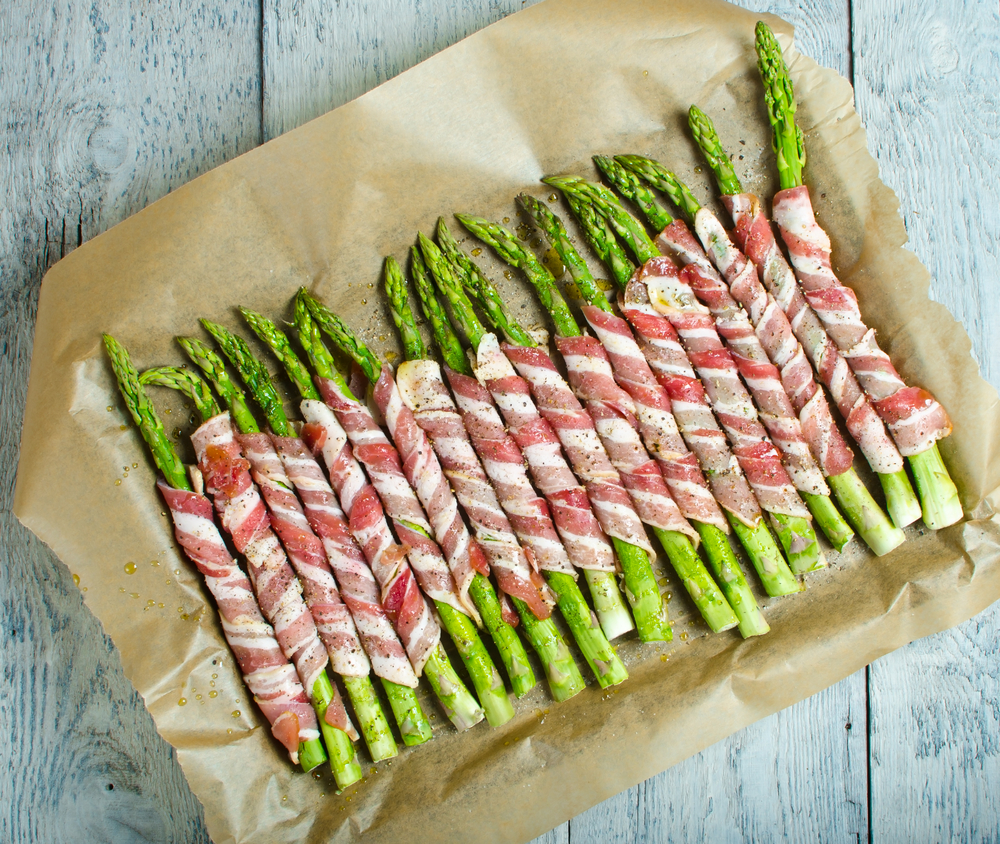
- Lean meat, fish and eggs: Try to include an unprocessed source of protein at every meal. It’s thought that up to 60 per cent of Stone Age protein intake came from fish, according to experts from Lund University, and the women in Dr Blomquist’s study significantly increased their intake of fish during the research. Oily fish such as salmon and mackerel are great sources of essential fatty acids.
- Vegetables and some fruits: Aim for at least five portions a day. ‘Lightly cooked green vegetables such as kale, spinach and broccoli and salad vegetables such as avocado, lettuce, tomato, cucumber, celery, peppers, onion, cress, bamboo shoots and mushrooms are all good sources of important antioxidant vitamins and minerals,’ says Dr Myhill. Fruit is important too, but choose the lower-sugar ones such as raspberries and strawberries.
- Plant-based fats, nuts and seeds: Eat walnuts, almonds, sunflower and pumpkin seeds, as well as some healthy fats such as olive oil, avocados and organic nut butters. Plant-based monounsaturated fats could significantly reduce your risk of heart disease according to a study from Harvard University. They are thought to help reduce levels of ‘bad’ LDL cholesterol in your blood.
Which foods do most Paleo diets avoid?
- Cereals and grains: People following a strict Paleo diet exclude all cereals, grains and legumes, including wholegrain foods, plus starchy vegetables such as potatoes, sweet potatoes and carrots. But it’s up to you to find the right balance. Refined carbs and sugar – essentially typical ‘beige’ foods and those with lots of strange words on the ingredients list – are definitely out on this plan, but when it comes to brown rice, starchy veg, lentils and legumes listen to your body. If they make you bloat it’s probably a good idea to cut down – it might help you to lose some belly fat too.
- Dairy products: Milk products generally don’t feature in a Paleo-style diet and Dr Myhill and Dr Blomquist agree that the high vegetable content of a Paleo-style diet more than makes up for any loss of the calcium and magnesium found in milk. It’s a good idea to make sure you include calcium-rich foods such as sardines, white beans and kale to keep your intake up. However, current government guidelines suggest that if you’re avoiding dairy you should have three portions of a calcium-enriched, unsweetened, plant-based dairy alternative, such as soya, or almond milk each day.
- Sugar and processed fare: Of course, there were no cakes, biscuits or ready meals in the Stone Age – so save them for an occasional treat.
Sample paleo meal plan
Monday
Breakfast: Scrambled eggs with pan-fried mushrooms, tomatoes and kale.
Lunch: Chicken salad with walnuts and
a lemon and olive oil dressing.
Dinner: Grilled salmon served with stir-fried vegetables.
Tuesday
Breakfast: Vegetable omelette.
Lunch: Tuna nicoise salad (potatoes are optional).
Dinner: Beef Bolognese with salad.
Wednesday
Breakfast: Smoked salmon and scrambled eggs
with pan-fried kale.
Lunch: Homemade chicken and vegetable soup.
Dinner: Grilled cod with vegetables dressed
with olive oil.
Thursday
Breakfast: A bowl of plant-based yogurt such as soya topped with some berries, nuts and seeds.
Lunch: Mackerel salad.
Dinner: Lamb kebabs served with roasted vegetables.
Friday
Breakfast: Boiled eggs with asparagus dippers.
Lunch: Chicken and avocado salad.
Dinner: Prawn and vegetable stir fry.
Saturday
Breakfast: Bacon and eggs with grilled tomatoes.
Lunch: Spicy satay beef lettuce wraps with avocado.
Dinner: Chicken and vegetable balti with roasted cauliflower.
Sunday
Breakfast: Baked eggs with smoked salmon and spinach.
Lunch: Roast chicken with broccoli, carrots and sprouts.
Dinner: Vegetable frittata and salad.
What snacks and treats are allowed on a paleo diet?
Enjoying a diet higher in protein and fats will mean you naturally feel more full and eat less. But according to Dr Blomquist’s plan, you can also include some nuts, berries and fruits to snack on or to enjoy as part of your meal. And if you really feel in need of a treat, Dr Myhill recommends a couple of squares of dark chocolate (min 70% cocoa) to help to satisfy you. High cocoa solid chocolate is low in carbs so it won’t cause fermentation in your gut, or throw you off course. Flexibility is the key to success!

